The ASAP Collaborative Research Network (CRN) has established several working groups to unite investigators across disciplines and institutions in addressing shared challenges and advancing Parkinson’s disease (PD) research.
These groups focus on identifying bottlenecks, setting goals, and delivering actionable outputs with the goal of moving the PD field forward. By fostering coordination beyond individual research themes, the working groups serve as engines for community-wide innovation, ensuring that insights, tools, and datasets generated by CRN teams are broadly usable, reproducible, and aligned with ASAP’s commitment to transparency and collaboration.
Scroll down to explore some of the working groups and see how CRN members are building a stronger, more connected research community. Together, we are creating the infrastructure that accelerates discovery and benefits the entire scientific field.

